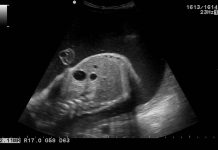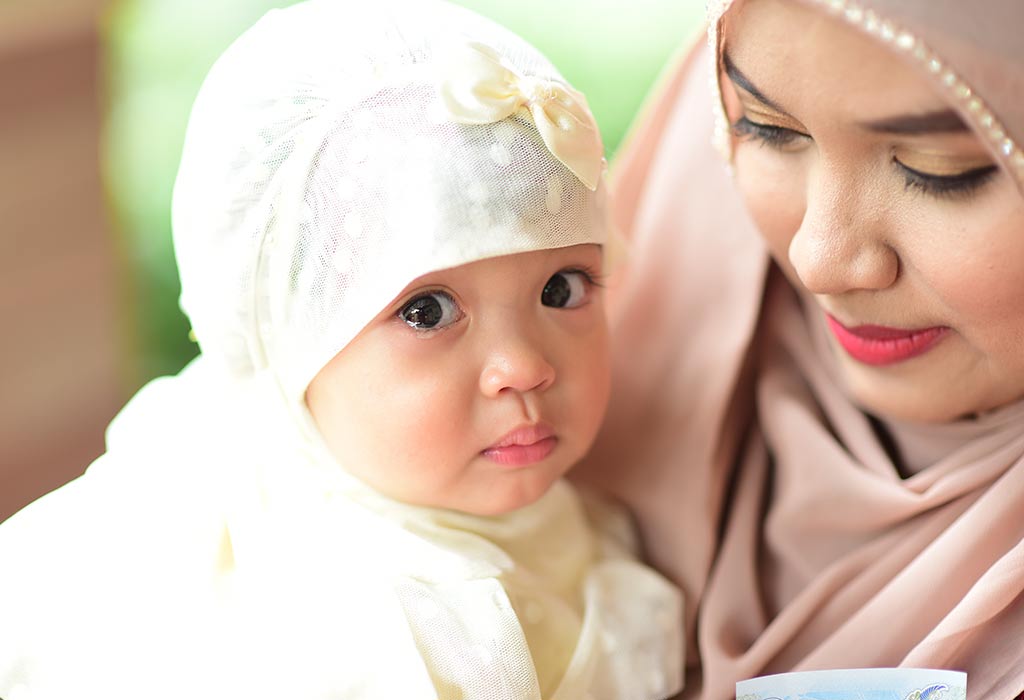It may not seem normal but it is, babies are born with body hair. In fair-skinned, light-skinned children, it is not so obvious, but in the dark-skinned newborns, it is surprising, especially for first-time parents, to see how their little arms, back, legs or even their little ears and cheeks are full of hair. It is not a strange fact and this hair is called lanugo.
Many babies are born with a lot of hair on their heads but with the passing of the weeks they get bald or have much poorer and scarcer hair. Some parents are scared by it, but the certain thing is that something normal; the baby is losing the lanugo that he had in his head to start throwing his real hair.
Baby Body Hair(Lanugo): Causes & Treatment
Causes
The baby’s hair changes during the first month of his life, in the end, everyone ends up having his head covered by a nice and normal hair.
Another thing that can happen is that your child is born with a lot of hair on his head and then he becomes pale or with much poorer and scarcer hair. You should not interpret this fall as being sick or lacking a vitamin, because it is not so. What happens to him is that he is losing the lanugo that he had in his head, which is really a fake hair, to start throwing the real hair.
If your child has not yet lost these hairs, do not be alarmed or try to remove them by rubbing them with a sponge when you bath him: the lanugo is not an indication that he has something strange and it will fall off in the next days or weeks, because it has no function.
It is also natural for newborns to have bald patches on the upper part of the neck. This is not due to a skin problem, but because the lanugo is very finite and the constant friction with the mattress of the crib or with the stroller accelerates its fall in that area.
New parents are often surprised to see that their baby has hair all over their body and they think if it is going to be like that forever. However, a lot of this hair that surrounds your shoulders, back and ears are falling as the days go by. The amount of hair of a child also has a genetic component, children of parents with a lot of hair usually inherit this characteristic.
The lanugo appears during pregnancy. The baby’s skin throughout pregnancy is very thin and soft, almost transparent in the early stages, so there is no fat under it. The lanugo acts as a protective layer, as well as the vernix caseosa, a whitish and sticky fat since otherwise, being constantly in contact with the amniotic fluid would soften.
Premature babies tend to have more hair than full-term babies because they have not yet lost that protection that would help them to move more smoothly through the birth canal.
The more premature a baby is at birth, the more lanugo it can have. In fact, it is one of the signs that can indicate that a baby is of a younger gestational age than we think.
It is not that they have it to be more protected at birth because they are premature. It is simply a process that has not given you time to complete.
Treatment
After development and fetal maturity, the lanugo falls off the skin and is suspended in the amniotic fluid, which is digested by the fetus. The lanugo contributes to the formation of neonatal meconium and does not represent any danger for the development of the fetus, on the contrary, it benefits its development.
Do not pay attention to false myths that recommend shaving the head to achieve a thick and strong mane in the future. Moreover, it is advisable not to cut the hair until the definitive one has grown because this practice exposes the baby to significant losses of body heat. On the contrary, in those babies in which the hair is born earlier and more intense, it is important to cut it periodically from the third month, especially in summer, because if you let it grow too much, the baby sweats more and can cool down with temperature changes.
As the transition between the lanugo and the final hair occurs, you may notice small scales of white or yellowish color strongly attached to the scalp. It is called milk crust, very common in infants and is related to a skin disorder called seborrheic dermatitis. But do not worry, it is not important and it usually disappears in a few weeks without the need for specific treatment.
However, you should visit a doctor if your baby has not shredded his hair for more than six months of time.
Hope this article was of help for all our parents!! Please share your comments/queries/tips with us and help us create a world full of Happy and Healthy Babies!!
References:
https://babydestination.com/normal-baby-fine-hair-body













